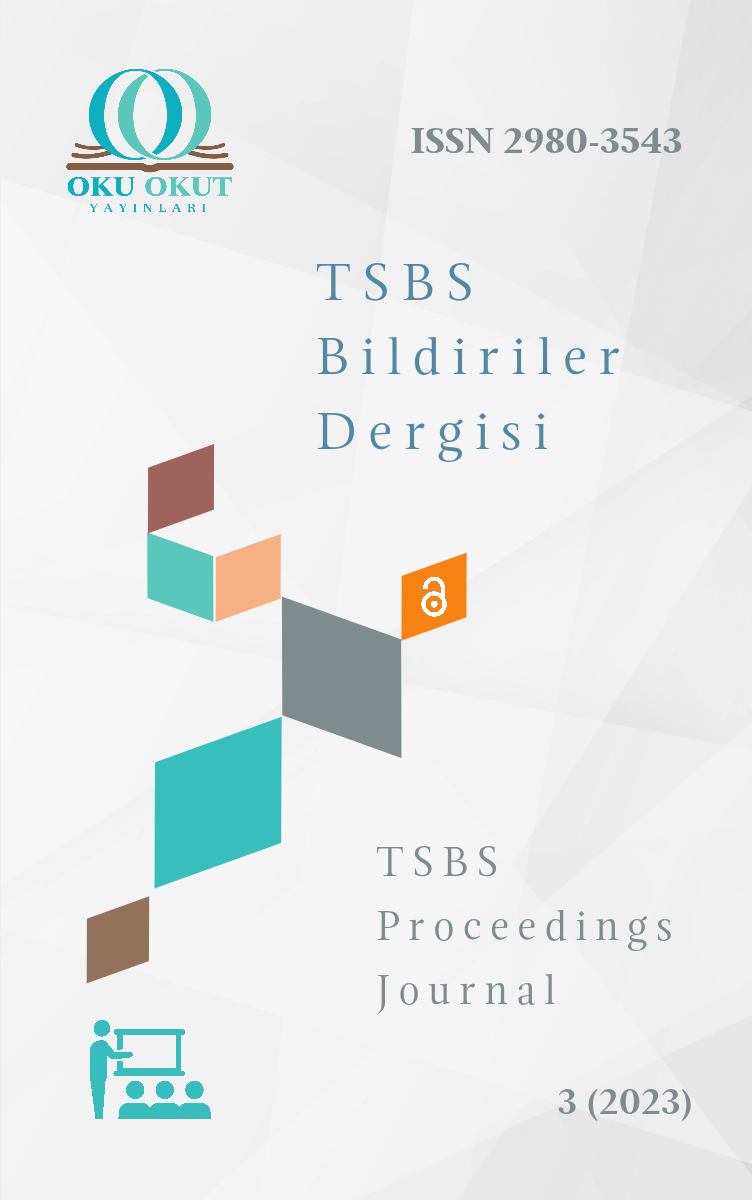Güvenç Abdal One of the Bektashi Saints and His Pedigree
Bektaşî Erenlerinden Güvenç Abdal ve Şeceresi
During the 1200s and 1300s, Anatolia grappled with invasions and internal strife. In the midst of these challenges, specific movements emerged that would eventually lay the foundation for Anatolian Alevism. Their primary goal was the Islamization of Anatolia. To this end, lodges were established, and religious leaders sent pioneers like dervishes, mystics, and spiritual guides to various parts of Anatolia to spread Islam and ease its conquest. One such location was the Harşit Valley in Gümüşhane, situated along the Silk Road of the time, surrounded by rugged mountains and cliffs, named after the Harşit River flowing through it. Güvenç Abdal, assigned to this region by the renowned Hacı Bektaş Veli, (Ḥāccī Bektāş Velī, d. 669/1270–1?), settled here and established his spiritual lodge despite the challenging conditions of the area. While his exact birth and death dates remain unknown, it is believed that Güvenç Abdal lived between the 1200s and 1300s. His lineage has persisted for centuries through oral traditions and spread across many cities in Turkey. The Güvenç Abdal lodge, a quintessential example of Anatolian Alevism, not only provided services like feeding and hosting travelers, repairing their mounts, and ensuring their safety due to its strategic position on the trade route but also undertook crucial responsibilities. Furthermore, recognizing the significance of this valley for national trade, Fatih Sultan Mehmet granted the lodge various tax exemptions and protections. Sadly, the present status of this esteemed lodge is on the verge of being forgotten. Historical documents held by the lodge's descendants require restoration, translation, and preservation. In studies conducted on Güvenç Abdal and his lodge, there has been a tendency to focus solely on its sociodemographic structure, often overlooking its theological significance. Neglecting the translation and reading of the cherished genealogical tree, central to the lodge culture, has resulted in a gap in understanding the interconnectedness of ideas and events. Introducing this lodge's founder and genealogy, which still has many followers today, holds great importance. Our research aims not only to sketch the portrait of a historical figure but also to delve into the socio-political climate of the era, and its influence on people, society, and their thought processes.
Anadolu 1200 ve 1300’lü yıllarda işgal ve iç çatışmalar ile boğuşurken daha sonra Anadolu Aleviliğin ilk nüveleri olacak olan bazı oluşumların ilk ve tek hedefi Anadolu’nun İslamlaşması olmuştur. Bu minvalde tekkeler, şeyhler tarafından Anadolu’da İslam’ı yaymak, fethi kolaylaştırmak amacıyla abdallar, babalar, dervişler önden Anadolu’nun çeşitli yerlerinde görevlendirilmişlerdir. Bu yerlerden biri de zamanın ipek yolu güzergahı üzerinde olup, sarp kaya ve dağlarla çevrili olan ve adını ortasından geçen Harşit Çay’ından alan Gümüşhane’deki Harşit Vadisi’dir. Hacı Bektaş-ı Veli tarafından bu bölge için görevlendirilen Güvenç Abdal, bölgenin zorlu şartlarına rağmen buraya gelmiş ve ocağını kurmuştur. Doğum ve ölüm tarihi hakkında net bir bilgi olmamakla birlikte 1200 - 1300 yılları arasında yaşadığı bilinen Güvenç Abdal’ın Ocağı yüzyıllardır sözlü gelenek ile varlığını devam ettirmiş ve Türkiye’de birçok ile yayılmıştır. Klasik bir Anadolu Aleviliği örneği sunan Güvenç Abdal Ocağı ticaret güzergahı üzerinde olması hasebiyle gelen yolcuları yedirme, barındırma, binitlerini tamir, tımar ve ıslah gibi bir dizi kervansaray hizmetinin yanında güvenliklerinin sağlanması gibi önemli görevleri de yürütmüştür. Hatta bu vadinin ülke ticareti için öneminden ötürü Fatih Sultan Mehmet tarafından ocağa tanınmış bazı vergi muafiyetleri ve emannameler vardır. Ulvî bir görev ile temelleri atılan ve daha sonra devlet için önemli görevler üstlenen bu ocağın günümüzdeki durumu maalesef unutulmaya yüz tutmuştur. Ocakzadelerin ellerindeki tarihî belgeler tamir ve tercüme edilmeye, koruma altına alınmaya muhtaçtır. Güvenç Abdal ve Ocağı hakkında yapılan araştırmalarda yalnızca sosyo-demofik yapının ele alınması, dinî saiklerle ortaya çıkan bu yapının teoloji yönünün eksik kalması ve ocak kültüründe çok önemli addedilen şecerenin okunup, tercüme edilmemesi fikir-hadise irtibatının kurulabilmesi bakımından bir eksikliğe sebep olmaktadır. Bugün birçok mensubu bulunan bu ocağın kurucusunun ve şeceresinin tanıtılması önem arz etmektedir. Bu açıdan araştırmamız, tarihî bir şahsiyetin portresini resmeden bir anlama ve açıklama faaliyeti oluşunun yanı sıra dönemin konjonktürel yapısını; insana, topluma ve dolayısıyla düşünce yapısına etkisi bakımından irdeleme hedefini taşımaktadır.

Telif Hakkı (c) 2023 Sümeyra Benzouine (Doktora Öğrencisi)
Bu çalışma Creative Commons Attribution-NonCommercial 4.0 International License ile lisanslanmıştır.
CC BY-NC 4.0 lisansı, eserin ticari kullanım dışında, her türlü ortam ve formatta paylaşılmasına, kopyalanmasına, çoğaltılmasına ve orijinal esere uygun şekilde atıfta bulunmak kaydıyla yeniden düzenlenmesine, dönüştürülmesine ve eser üzerine inşa edilmesine izin verir.
Makale Bilgileri
- Konu Kelam - Mezhepler Tarihi
- Gönderim 18 Temmuz 2023
- Yayım 13 Ağustos 2023
- Sayı Sempozyum 3 (2023): TSBS Bildiriler Dergisi
- Bildiri Bilim Alanı Kelam - Mezhepler Tarihi
- Kategoriler
Benzouine, Sümeyra. “Bektaşî Erenlerinden Güvenç Abdal Ve Şeceresi”. Türkiye Sosyal Bilimler Sempozyumu 3 (August 13, 2023), 235-238. https://doi.org/10.55709/TSBSBildirilerDergisi.415






